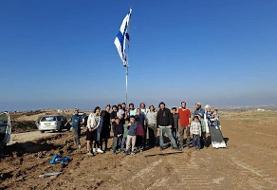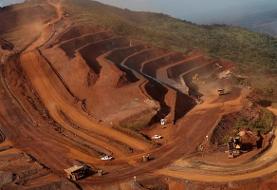Land sinking near Iran's ancient Persepolis due to illegal drilling
Independent Persian News Search Engine, Kodoom.com: Iran's Historic and Cultural Monuments Watch Group has warned the Governor of Fars Province that continued drilling of water wells near Iran's ancient monument Persepolis will lead to further sinking of land near this UNESCO World Heritage Site.

Persepolis (Greek, literally meaning "the Persian city"), known locally as Takht-e-Jamshid (literally meaning "The throne of Jamshid" in modern Persian) was the ceremonial capital of the Achaemenid Empire (ca. 550–330 BC).
In 1933, archaeologists from the Oriental Institute of the University of Chicago working at Persepolis, clearing the ruined palaces of Kings Darius, Xerxes, and their Achaemenid Persian successors, found thousands of clay tablets in two small rooms of a bastion in the fortification wall. About 450 tablets and tens of thousands of fragments have already been returned to Iran. The remaining fragments, on loan to the University of Chicago, are being examined by the Persepolis Fortification Archive (PFA) Project, which focuses on recording, digitizing and distributing PFA information. The project will be instrumental in the study of Achaemenid Iranian languages, art, institutions and history.
Related to History
- UNESCO adds Iran's ancient water channels (Qanats) to world Heritage list
- Iranian Studies, Omar Khayyam statue unveiled at Oklahoma University
- German string quartet performs at Iran's historic monument in Shiraz
- First Female Muslim Imam Leads Mosque Prayers in Denmark
- Woven Luxuries: Rare Persian velvet collection on display in Bay area
- Michelle Obama and The Smithsonian celebrate Persian New Year (Norooz)


















































